Land Suitable for Farming in 2025: 7 Powerful Tech Trends Shaping Agricultural Land
Summary: Land Suitable for Farming — Understanding Agricultural Land in 2025
Land suitable for farming—often referred to as agricultural or arable land—is a critical resource underpinning global food security, rural livelihoods, and sustainable development. As we approach 2025, land suitable for agriculture is called into question by increasing population pressures, environmental changes, and emerging technological opportunities. This article explores what makes land that is suitable for farming, the characteristics and classification of suitable farming areas, and the top 7 technology trends that are revolutionizing land suitability and agricultural productivity. We’ll also discuss the vital importance of soil, water, climate, and innovations in remote sensing, all while supporting farmers worldwide through advanced tools like Farmonaut.
“By 2025, precision agriculture is projected to increase crop yields by up to 30% on suitable farmland worldwide.”
What is Land Suitable for Farming?
Land suitable for farming (land suitable for agriculture or arable land) refers to terrestrial areas that can be effectively used for growing crops, raising livestock, or supporting forestry activities under prevailing environmental and socioeconomic conditions. Globally, this critical resource supports the production of food, fiber, and other essential agricultural products.
The suitability of land for farming depends on a combination of soil quality, water availability, appropriate climate, manageable terrain, and socioeconomic influences—all of which must be balanced for optimal and sustainable productivity.
- Arable land: Land that is suitable for growing crops.
- Pasture land: Land used primarily for livestock grazing.
- Forestry land: Areas supporting managed forests for timber and ecosystem services.
In 2025, understanding what constitutes land that is suitable for agriculture has never been more important, given the environmental, technological, and demographic changes our planet is experiencing.
Unlocking Farm Potential: A Comprehensive Guide to Land Cover Classification and Farm Land Types
Key Characteristics of Land Suitable for Farming
When we evaluate land suitable for agriculture, several core characteristics come into play. These features enable productive, sustainable farming and help determine which areas can best support global agriculture in 2025 and beyond.
1. Soil Quality and Fertility
The foundation of any arable land is its soil quality. Soils that are rich in organic matter, retain moisture effectively, and offer an ideal balance of nutrients and pH (generally between 6.0 and 7.5) are best suited for crop production. Topsoil depth, soil texture (like loam or clay loam), and the soil’s ability to store and release nutrients also play critical roles.
- Fertile soils have high nutrient content and support plant health.
- Good organic matter ensures proper structure and water retention.
- Favorable pH balance boosts nutrient availability and use efficiency.
- Loam and clay loam textures are ideal for retaining water and allowing root penetration.
Without fertile soil, even the most sophisticated technology or ideal climate cannot sustain robust agricultural productivity.
The Vital Importance of Soil in Agriculture: Nurturing Earth’s Foundation for Sustainable Farming
2. Adequate Water Supply
Water availability is essential for land suitability. Land that receives adequate, timely rainfall or has access to irrigation from rivers, lakes, or groundwater sources is better positioned to sustain crops throughout growing seasons. In 2025, this means finding ways to ensure a reliable supply—especially as climate change impacts precipitation patterns globally.
- Reliable water sources (groundwater, rivers, wells, reservoirs)
- Efficient irrigation systems to optimize water usage and reduce environmental footprint
- Advanced moisture monitoring to prevent degradation and improve crop yield
Satellite Soil Moisture Monitoring 2025 – AI Remote‑Sensing for Precision Agriculture
3. Favorable Climate Conditions
Climate is a key factor in determining which areas are suitable for agriculture. This includes moderate temperature ranges, adequate rainfall, long growing seasons, and predictable weather patterns.
- Temperature: Most crops thrive under moderate temperatures without extremes.
- Rainfall: Distributed over the growing season to sustain crops.
- Frost-free periods: Longer periods expand cropping options.
- Humidity and wind: Influence evapotranspiration, disease incidence, and productivity.
Extreme or unpredictable climate poses challenges to crop viability and increases the risk of food insecurity.
Regenerative Agriculture 2025 ? Carbon Farming, Soil Health & Climate-Smart Solutions | Farmonaut
Discover Farmonaut’s carbon footprinting solution—an essential tool in tracking and reducing the environmental impacts of land suitable for farming and agriculture.
4. Appropriate Topography and Drainage
Land with gentle slopes or flat terrain is easier to manage, irrigate, and cultivate. Good drainage prevents waterlogging (which causes crop failure and soil degradation) and reduces the risk of erosion.
- Flat or gently sloping land supports mechanized operations and reduces labor costs
- Proper drainage maintains soil health
- Terraces in hilly areas control erosion and allow step-wise cultivation
5. Accessibility and Infrastructure
Though not a natural characteristic, access to roads, storage, and markets is essential for farmers to move produce efficiently and access agricultural inputs. Infrastructure directly affects the practical potential of land suitable for agriculture.
Farmonaut offers crop loan and insurance verification services—making it easier for farmers and agribusinesses to secure financing by leveraging satellite-based monitoring of agricultural land.
How Do We Classify Land Suitable for Agriculture?
Classification of agricultural land helps policymakers, farmers, and researchers assess the potential, limitations, and required management practices for sustainable development. Classification systems typically rely on core land properties (soil, water, climate) and site-specific conditions.
- Land capability classification: Categorizes land into classes based on its long-term productivity and management needs.
- Suitability rating: Grouping by how suitable a land parcel is for different crops under typical management.
- FAO land evaluation: International standards identifying land based on realistic cropping potential and resource conservation.
The Hidden Importance of Land Classification: Why It Matters More Than You Think!
Through digitized remote sensing and GIS, land classification in 2025 is increasingly real-time and finely detailed.
Key takeaway: Land suitable for agriculture is called “arable” when it is productive, sustainable, and viable for the region’s key crop and fiber needs.
“Remote sensing technologies can now assess soil moisture and fertility across over 80% of global arable land.”
The Importance of Agricultural Land in 2025
Global food security, sustainable development, and climate resilience all depend on the continued availability of land suitable for farming. With the planet’s population headed toward 8.5 billion by 2030, suitable agricultural land is a foundational resource for every country.
- Supports rural livelihoods for billions of people
- Enables self-sufficiency in food, fiber, and energy crops
- Acts as a buffer against environmental shocks and climate change impacts
- Preserves biodiversity and ecosystem services (water cycling, soil regeneration, carbon sequestration, etc.)
Land suitable for agriculture is more than a production base—it is a critical resource underpinning society’s future.
Manage Suitable Land Seamlessly: Access the Farmonaut App & API
Strengthen your decision-making with real-time satellite imagery, AI advisory, and land classification on your mobile or the web! For deeper integration, Farmonaut’s robust API delivers fast, easy access to developer resources for actionable land suitability and weather data.
Optimize any farm or landscape with precision irrigation, soil health tracking, and AI-driven advice—all designed for modern farming in 2025.
The Vital Connection: How Soil & Water Shape Agricultural Success | Farmonaut’s AgTech Revolution
Emerging Challenges to Land Suitability for Agriculture in 2025
Despite significant advances, maintaining and identifying land suitable for farming faces several urgent challenges:
- Soil degradation and erosion driven by overuse, chemical imbalances, and deforestation.
- Climate change impacts destabilizing temperature and rainfall patterns, leading to prolonged droughts or floods.
- Land use competition from urban expansion, infrastructure development, and non-food crop demands.
- Loss of biodiversity and ecosystem services critical for long-term resilience.
- Policy and management gaps reducing sustainable practices and conservation of suitable farming areas.
Addressing these challenges requires innovations that increase productivity while preserving the resource base.
PEI Land Clash 2025 ? Housing Crisis vs Farmland Protection | Sleepy Hollow Tiny-Home Debate
New Opportunities & Innovations Shaping the Future of Land Suitable for Farming
In 2025, emerging technologies are redefining what makes land suitable for agriculture. By leveraging digital insights, precision management, and ecological approaches, we can unlock the potential of available agricultural land for generations to come.
- Precision agriculture: Enabling efficient use of resources through advanced analytics, sensors, and AI models.
- Remote sensing & GIS: Monitoring soil, water, and vegetation in real time across broad areas.
- Agroforestry: Blending trees, crops, and livestock for higher resilience and sustainability.
- Smart irrigation: Optimizing water use and minimizing waste even in water-scarce regions.
- AI advisory and traceability: Providing on-demand decisions plus transparent supply chains (blockchain-based traceability by Farmonaut).
- Carbon tracking: Measuring, reporting, and reducing CO2 emissions from agriculture, crucial for environment and market access.
How Farmonaut’s Satellite Technology is Revolutionizing Land Use in Agriculture
7 Powerful Tech Trends Impacting Land Suitability for Farming in 2025
Let’s examine the top seven technology trends and how they are transforming land suitability for agriculture:
- Precision Agriculture Systems
- Remote Sensing & Satellite Imagery
- AI-Based Advisory and Data Analytics
- Smart Irrigation and Water Management
- Blockchain Traceability Solutions
- Carbon Footprinting and Environmental Management
- Agroforestry and Land Integration Approaches
1. Precision Agriculture Systems
Precision agriculture deploys GPS-guided machinery, remote sensors, drones, and AI models to deliver fertilizers, pesticides, and water exactly where needed. This reduces wastage and optimizes every square meter of land suitable for farming.
- Increases crop yield by up to 30% on the most suitable farmland
- Boosts soil health and nutrient balance while lowering costs
- Decreases environmental impacts from chemical runoff
Farmonaut’s platform enables affordable precision agriculture worldwide by using satellite data—no expensive new hardware required.
2. Remote Sensing & Satellite Imagery
With satellite imagery and real-time data analytics, remote sensing can monitor soil moisture, fertility, crop health, and land use changes across millions of hectares. This trend allows for:
- Mapping and classification of arable and non-arable land
- Identifying areas facing health issues, water stress, or erosion
- Making data-backed decisions for land use planning and sustainable management
Farmonaut uses multispectral satellite imagery for soil and crop monitoring—empowering users to instantly assess the suitability of any land parcel.
3. AI-Based Advisory and Data Analytics
Machine learning and AI provide real-time recommendations tailored to the unique conditions of each field. These systems analyze satellite data, weather forecasts, market trends, and field observations to guide:
- When and what crops are best suited to a specific land area
- Optimal timing for fertilizer and irrigation
- Strategies to prevent soil degradation or productivity losses
Farmonaut’s Jeevn AI Advisory System is an example of cutting-edge data-driven support designed to raise yields and promote sustainability for all types of farms and crops in 2025.
4. Smart Irrigation and Water Management
With changing rainfall patterns and rising demand, smart irrigation ensures crops receive just the right amount of water—no more, no less. Systems that integrate weather data, soil sensors, and evapotranspiration models enable:
- Improved productivity even in water-limited regions
- Reduction in groundwater over-extraction and energy use
- Climate resilience on all suitable farming land
This is especially helpful for sustaining yields in drought-prone or unpredictable climates in 2025.
5. Blockchain Traceability Solutions
Blockchain-based supply chain systems bring transparency to every step of the crop’s journey from farm to plate. Farmonaut’s traceability solution provides:
- Proof of origin for food and fiber products
- Assurance of safe, sustainably managed land
- Reduced fraud and increased confidence for buyers and insurers
This is vital for certifying products from land suitable for agriculture, especially for export and eco-label markets in 2025.
6. Carbon Footprinting & Environmental Management
Tracking carbon emissions and sequestration from agricultural and forestry activities is now mandatory in many supply chains and regions. With carbon footprinting solutions (learn more here), we can:
- Demonstrate environmental compliance
- Target reductions in emissions and increase soil carbon storage
- Support climate-smart planning and investment in sustainable land use
This is part of responsible land management—making land suitable for farming more attractive to investors and consumers alike.
7. Agroforestry and Land Integration Approaches
Blending trees, crops, and livestock on the same land parcel boosts productivity, restores soil health, and enhances overall ecosystem services. Agroforestry solutions:
- Improve land suitability by diversifying production
- Reduce erosion and improve water retention
- Offer resilience to pests, drought, and market shifts
With advanced advisory and monitoring tools for plantations and forests, Farmonaut supports a future where land suitable for farming and forestry is managed as a connected system.
Tech Trends Impacting Land Suitability for Farming in 2025 — Comparison Table
| Tech Trend | Description | Estimated Impact on Land Suitability | Key Parameters Improved | Example Use Case |
|---|---|---|---|---|
| Precision Agriculture | Digital tools, AI, and GPS to optimize resource use and maximize yield | High (up to 30% yield increase) | Soil fertility, water efficiency, input use | AI-guided fertilizer application on high-potential cropland |
| Remote Sensing & Satellite Imagery | Monitoring and mapping soil, moisture, and vegetation over large areas | High (broad monitoring coverage) | Area identification, soil health, water availability | Satellite-driven soil classification for regional land planning |
| AI Advisory & Data Analytics | Real-time decision support tailored to field or region | Medium-High | Productivity, sustainability, risk management | Personalized crop choices for marginal lands |
| Smart Irrigation Technologies | Sensor-based and automated systems for precise water delivery | High (water use efficiency +30%) | Water supply, resilience in variable climates | Remote valve control to sustain crops during drought |
| Blockchain Traceability | Decentralized, incorruptible supply chain records | Medium | Product authenticity, compliance, market value | Proving sustainable management of export crops |
| Carbon Footprinting | Monitoring, reporting, and reducing farm-level emissions | Medium-High | Environmental health, market compliance | Documenting carbon sequestration on agroforestry land |
| Agroforestry Integration | Combined land use for trees, crops, and livestock | Medium (maximizes land productivity) | Soil restoration, diversity, resilience | Planting trees alongside cash crops in erosion-prone areas |
Sustainable Management, Productivity, and Opportunities in 2025
In 2025, the cornerstones of land suitability—proper soil, water, and climate management—are being enhanced by technology advancements. We at Farmonaut believe that using trusted data, AI-powered advisory systems, blockchain-based traceability, and environmental management tools empower farmers and agribusinesses to maintain and expand land that is suitable for farming.
Large scale farm management tools are available for agribusinesses to orchestrate operations across numerous land parcels.- Our fleet management solutions help optimize machinery logistics, reducing downtime, and supporting sustainable agricultural practices.
Conclusion: The Future of Land Suitable for Farming is Data-Driven, Sustainable, and Inclusive
In the evolving landscape of 2025, the definition of land suitable for farming is being reshaped by global pressures, environmental challenges, and advances in agricultural technology. Farmonaut is dedicated to making it easier and more affordable for farmers and stakeholders everywhere to measure, monitor, and manage the land that feeds the world.
Whether you’re working a small plot or overseeing large commercial estates, access to high-quality soil, adequate water supply, favorable climate, and the right technology is essential to maintaining the productivity and sustainability of our world’s most precious agricultural lands.
Farmonaut is not an online marketplace, seller of farm inputs, or regulator. Rather, our commitment is to provide the data-driven insights and digital tools that enable effective, sustainable, and transparent management of land suitable for farming—today and for the future.
Frequently Asked Questions — Land Suitable for Farming in 2025
Q1: What is land suitable for farming, and why is it so important in 2025?
Land suitable for farming refers to terrestrial areas with the right combination of soil fertility, water availability, favorable climate, and manageable terrain—making them productive for crops, livestock, or forestry. It’s vital in 2025 as we face population growth, climate challenges, and the need for sustainable food security.
Q2: How does remote sensing improve land suitability for agriculture?
Remote sensing technologies—including satellites like those used by Farmonaut—deliver wide-area, real-time monitoring of soil moisture, fertility, vegetation, and water conditions. This enables precise management, timely interventions, and better land classification, optimizing the use of all available agricultural land.
Q3: Can digital technology help farmers adapt to climate change?
Absolutely. Digital tools such as AI-based advisory, precision irrigation, climate modeling, and blockchain traceability help farmers quickly respond to changing weather, resource availability, and market needs, ensuring resilient and productive operations on land suitable for farming.
Q4: What role do Farmonaut’s solutions play in land management?
Farmonaut offers satellite-based monitoring, AI-powered advisory, blockchain traceability, environmental management (carbon footprinting), and fleet management tools. These help monitor crop and soil health, plan irrigation, reduce emissions, and promote sustainable practices—making it easier to identify and manage land suitable for farming worldwide.
Q5: What is the difference between arable land and agricultural land?
Arable land specifically refers to land that can be plowed and used for growing crops, while agricultural land encompasses both arable areas and those used for pasture, forestry, or broader rural activities.
Q6: How can I access Farmonaut’s services?
You can get started through the Farmonaut web app here or download the mobile app for Android here or iOS here. For integration into business or digital platforms, access the Farmonaut API here and see developer docs here.
For any stakeholder seeking to harness the full potential of land suitable for farming—2025 is your opportunity to use knowledge, data, and smart technology to sustain productivity and promote global food security.





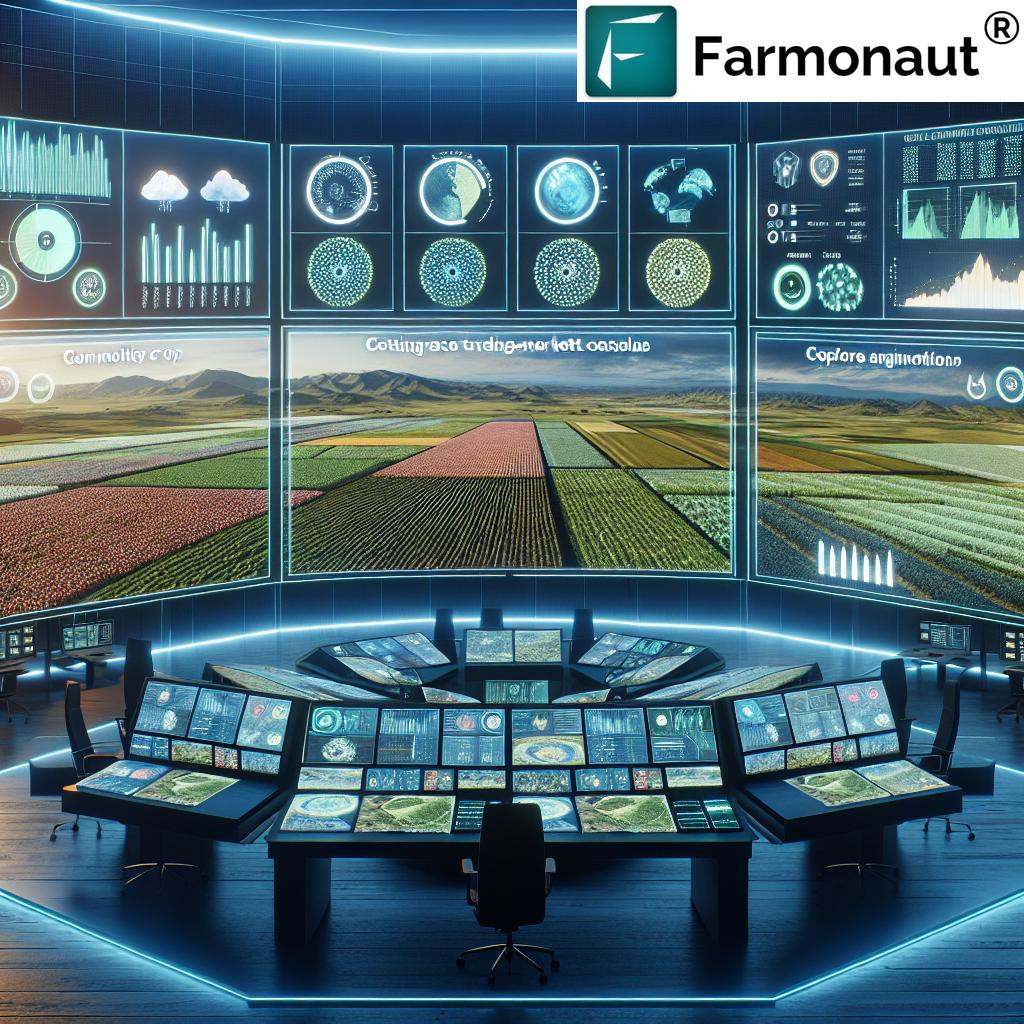
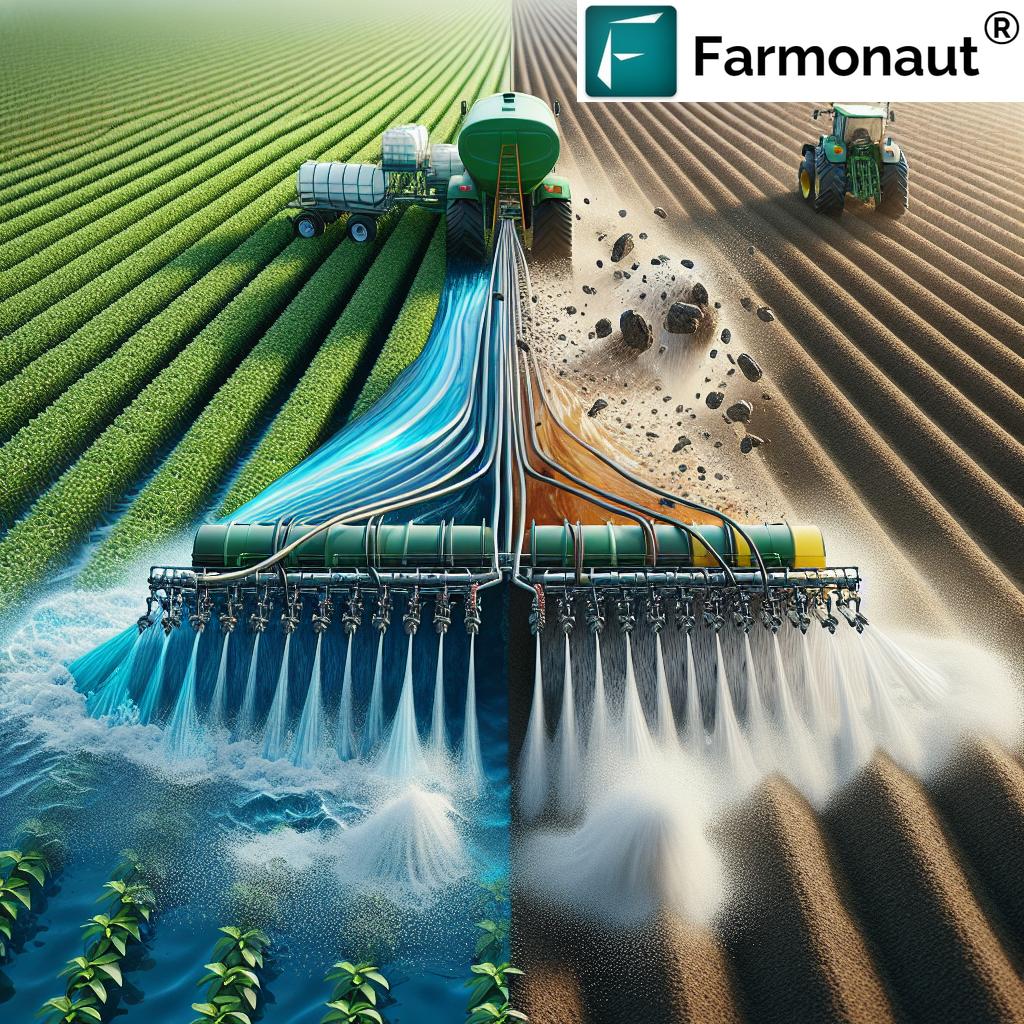



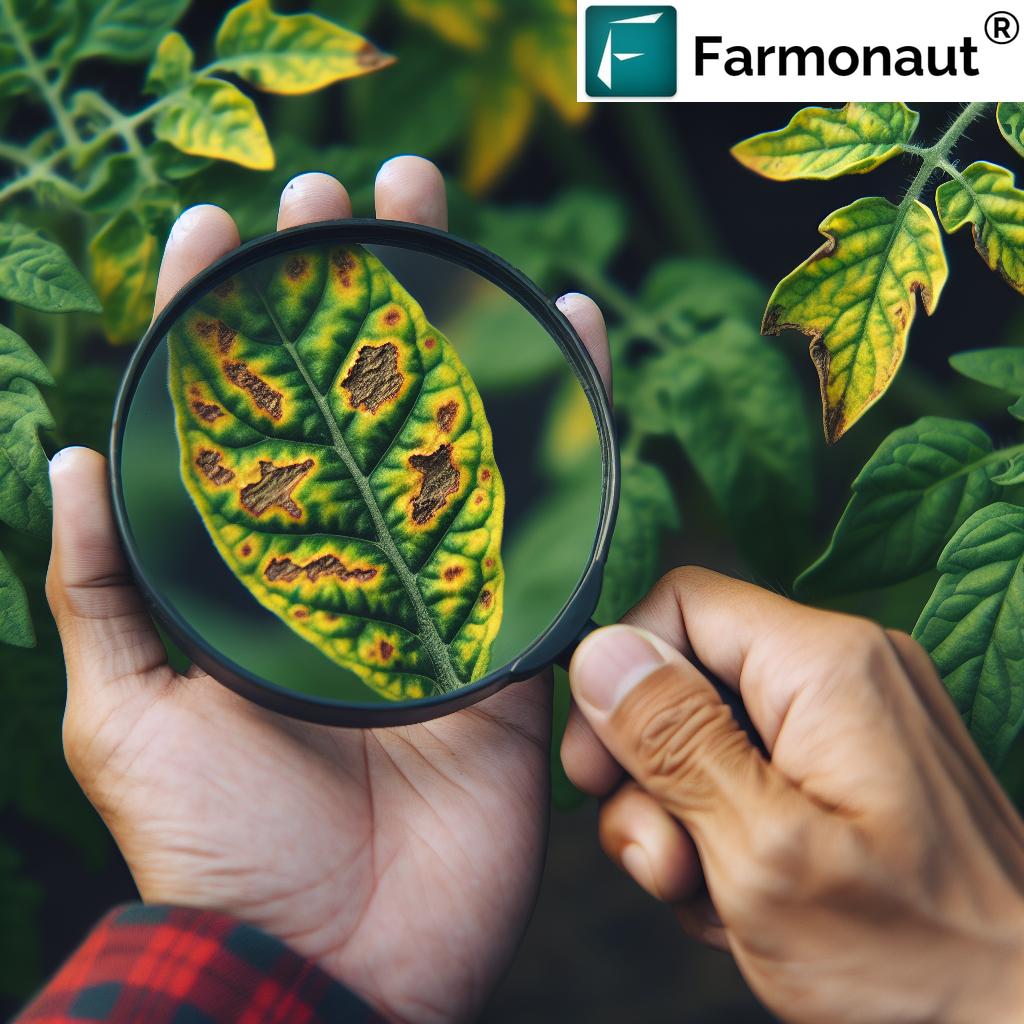
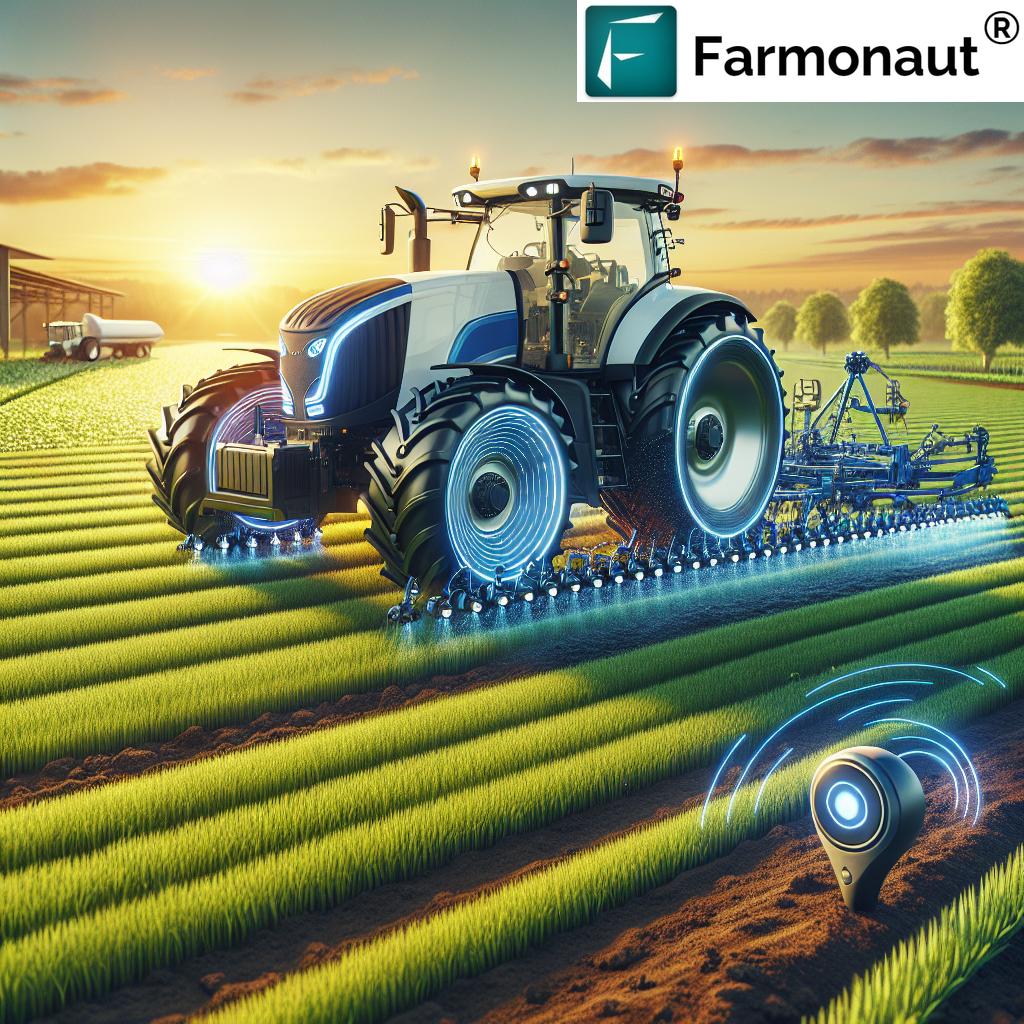

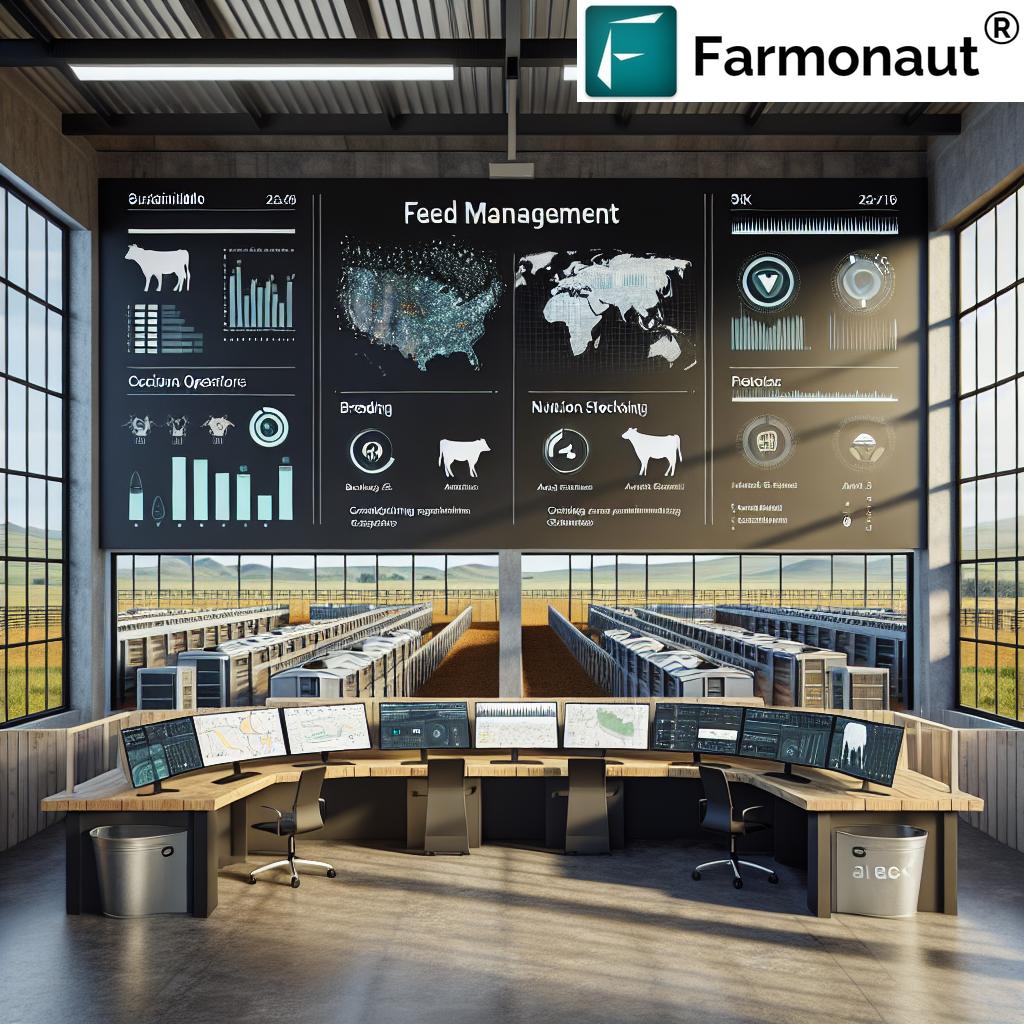
This article provides some great insights into how technology is shaping farming in 2025. I’m particularly interested in how remote sensing can help improve soil management. Excited to see these trends in action!
This article offers great insights into how technology is shaping the future of farming. I’m particularly interested in how remote sensing can enhance productivity. Excited to see these trends unfold!
This article provides great insights into the tech trends shaping agriculture in 2025. I’m particularly interested in how remote sensing can enhance productivity on my farm. Looking forward to implementing some of these innovations!